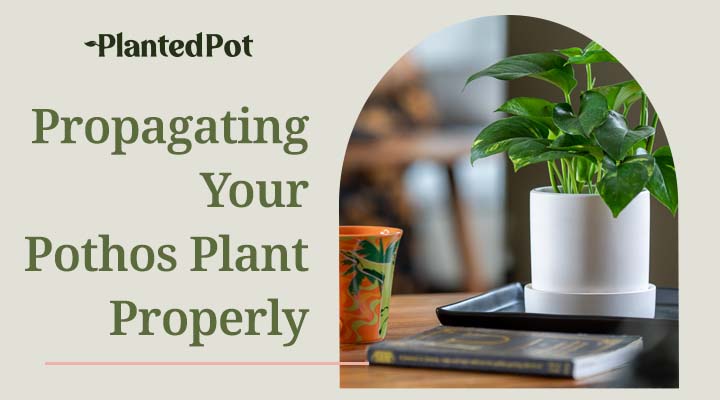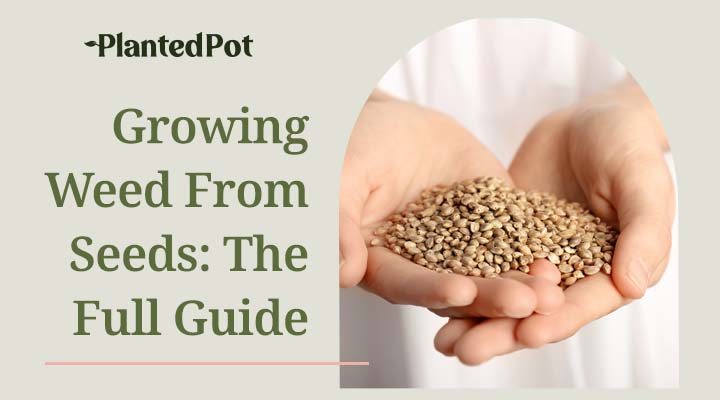
How To Make Soil Acidic [Creating the Perfect Planting Mix]
Home / How To Make Soil Acidic [Creating the Perfect Planting Mix]
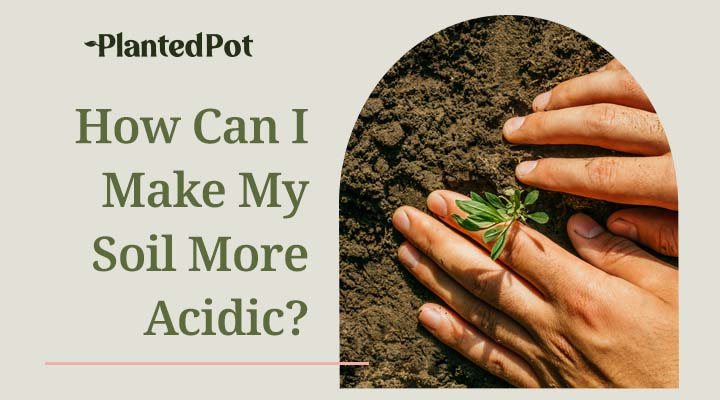
How To Make Soil Acidic [Creating the Perfect Planting Mix]
It may be challenging to figure out what kind of soil is best for your plant when planting it. Many factors come into play, such as the ingredients used in a soil mixture, the nutrients included, and other things. But many times, creating your plant soil may be the best option. And figuring out how to make the soil acidic may be the key to a good soil mixture.
Having a lower pH level can allow plants to absorb nutrients more effectively. When a soil mixture’s pH level is too high, this can cause problems for a plant’s growth. So finding that balance and making it more acidic can help your plants flourish. Let’s look at ways to make our soil more acidic, why the soil needs to be acidic, what kind of plants thrive with this soil, and much more.
What is Soil pH?
Before figuring out how to make our soil more acidic, it is important to understand its pH. Soil pH is the measurement of how alkaline or acidic your plant’s soil is. The pH scale is measured from 0 to 14, with a pH of 7 being neutral. When the number gets closer to 14, the more alkaline your soil will be. And when the pH level is closer to 0, the soil will be more acidic.
Most plants tend to grow well with soil with a pH range of about 6 to 7.5. On the scale, this would be slightly more acidic than alkaline. However, some plants need a lower level of pH of about 4.5 to 5.5 to thrive.
When your soil leans more toward the alkaline side of 7 or more, you will need to make it more acidic. Even if your soil is between the pH range of 5.5 to 7, some adjusting will need to be done to keep it acidic. If there is more alkalinity in your plant’s soil, the more work it will take to lower the soil pH.
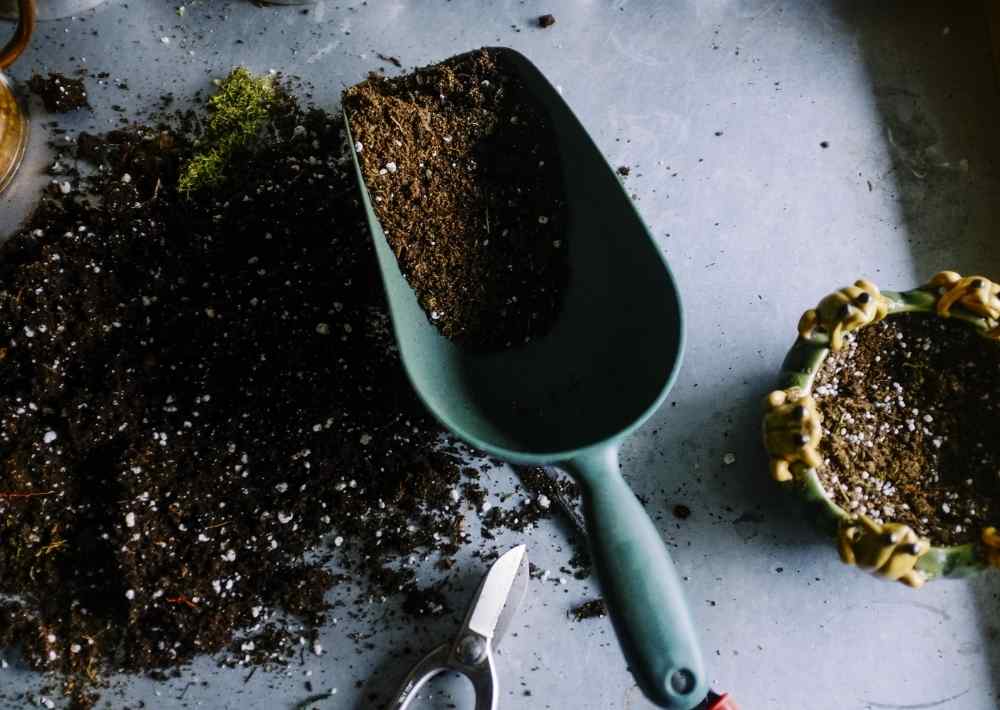
What Does it Mean for Soil to Be Acidic?
When soil is acidic, this means that the pH level ranges between 0 to 6. The soil pH is defined as the negative amount of hydrogen ion concentration. A pH level of 7 is considered a neutral state, and anything from 8 to 14 is more alkaline or basic. As the number of hydrogen ions in soil increases, the soil pH decreases, becoming more acidic.
Here is a general scale of some of the most common items associated with the pH scale:
- Extremely acidic: Less than 4.5, lemon (2.5 pH), vinegar (3.0 pH), stomach acid (2.0 pH), soda (2-4 pH)
- Very strong acid: 4.5-5.0, beer (4.5 pH), tomatoes (4.5 pH)
- Strong acid: 5.1-5.5, carrots (5.0 pH), asparagus (5.5 pH), cabbage (5.3 pH)
- Moderately acid: 5.6-6.0, potatoes (5.6 pH)
- Slightly acid: 6.1-6.5, salmon (6.2 pH), cow’s milk (6.5 pH)
- Neutral: 6.6-7.3, saliva (6.6-7.3 pH), blood (7.3 pH), shrimp (7.0 pH)
- Slightly alkaline: 7.4 -7.8, eggs (7.6-7.8 pH)
- Moderately alkaline: 7.9-8.4, seawater (8.2 pH)
- Strong alkaline: 8.5-9.0, borax (9.0 pH)
- Very strong alkaline: Greater than 9.1, milk of magnesia (10.5 pH), ammonia (11.1 pH), lime (12 pH)
Is Acidic Soil Good for Plants?
The acidic level for plants’ soil has many possible effects. Many of the nutrients a plant needs to thrive come from the kind of soil it uses. And the pH level of the soil is important because it can help the plant absorb these nutrients easier. And when you make a plant’s soil more acidic, it allows for better access to these nutrients to help a plant grow.
There are many indications as to if a plant is receiving enough acidic soil or not. Such physical characteristics such as yellowing between the veins of young leaves can demonstrate an iron deficiency in the plants. This happens when not enough iron is absorbed from the soil due to a lack of acidic soil.
However, if you add too much pH, this can be poisonous to plants. When the soil’s pH level is too low, the plant’s nutrient manganese can increase to toxic levels. A lower pH level also allows aluminum to thrive, which is not a plant nutrient. When a plant interacts with certain amounts of aluminum, this can stunt the plant’s growth and interfere with the intake of other nutrients.
The amount of pH in the soil can influence the kind of organisms that dwell in the soil. These organisms can affect the overall plant’s health. When a plant is slightly acidic, organisms like earthworms enjoy these conditions.
What Types of Plants Need Acidic Soil?
The average pH soil for most plants is somewhere between 6 and 7.5. However, other plants prefer more acidic pH levels from 0 to 7. These conditions are more sought out because the acid levels can help these plants absorb the soil’s nutrients and keep certain organisms from harming them. These types of plants are known as acid-loving plants, and many common plants fall under this category.
Many common vegetables and fruits lean towards being acid-loving plants. And some plants like hydrangeas and other ornamental shrubs need acidic soil to bloom colorful flowers. Here is a list of some of the most common acid-loving plants:
- Azaleas and Rhododendrons
- Hydrangeas
- Camellias
- Gardenias
- Magnolias
- Blueberries
- Cranberries
- Evergreens
- Peppers
- Tomatoes
- Potatoes
- Squash
- Rhubarb
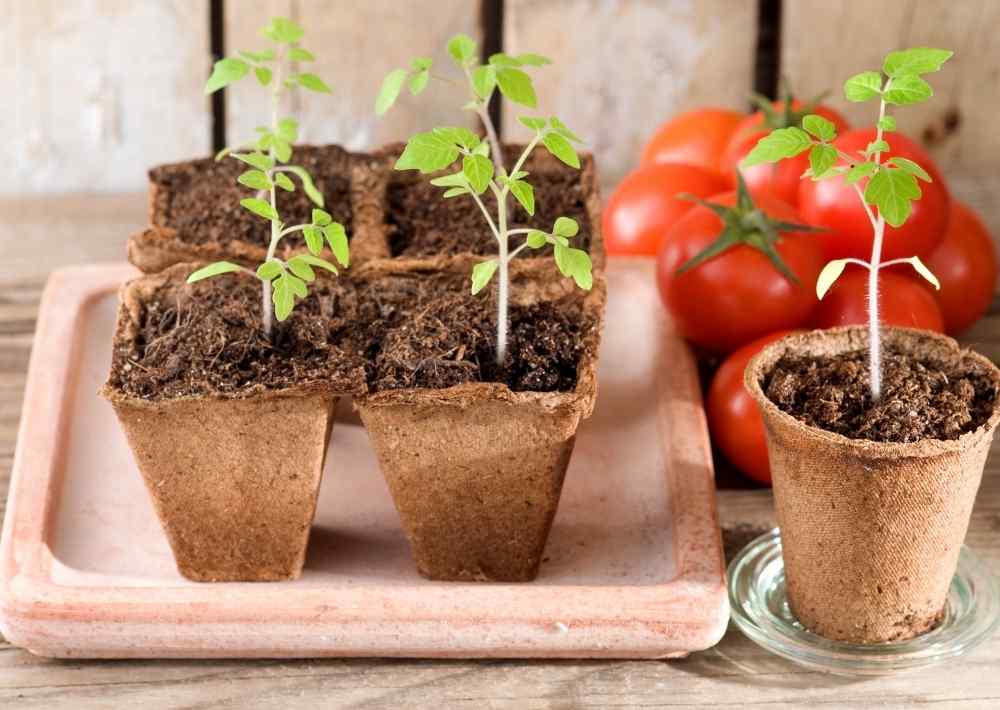
Do All Plants Need Acidic Soil?
No, not all plants need to grow using acidic soil. Some plants may thrive using alkaline soil instead. Alkaline soil contains a higher level of pH, ranging from 7 to 14. You can create a more alkaline soil by adding sulfur, peat moss, sawdust, or aluminum sulfate to the soil mix. There are many trees, shrubs, vegetables, herbs, and other flowers that prefer alkaline soil. Here are some of the most common:
- Silver Maple tree
- Ironwood tree
- Burr Oaktree
- Juniper
- Lilac
- Barberry
- Honeysuckle Vine
- Sweet Pea
- Lavender
- Thyme
- Sweet Potato
- Cabbage
- Cucumber
Can You Test Soil Acidity?
Yes, there are a few common methods you can use to test the acidic levels of your soil. The first way is to use a testing kit sent from your local County Extension Office. You can collect your soil sample and mail them back to be tested in a lab. This will garner the most accurate results, and they will most likely tell you to want kind of fertilizer you need for your plant.
Another option for testing out your soil’s acidity is by using a home testing kit. This gets rid of the part of the process where you send the soil to a lab and test the soil yourself. With this process, you will take a soil sample and mix it with water and a certain chemical to find the pH level. Some kits will also test amounts of nitrogen, phosphorus, and potassium. Generally, these at-home testing kits can range in price, and the more accurate kits can be a bit pricey.
Using a digital soil meter is another method that can garner quick results. With this method, you will need to purchase a digital soil meter and insert the probes into the soil at about 4 to 6 inches. The pH reading will show up automatically on the device. This can be a great method for testing the soil in container gardens where the plants are close together.
Like home testing kits, the price of a digital soil meter can vary, and the more accurate devices may run expensive. However, this might be a good investment to determine your plant’s acidic levels and keep them healthy.
What Happens If Soil is Too Acidic?
When soil becomes too acidic, there may be potentially damaging consequences to your plant’s health. This means that your plant is leaning more towards the lower numbers in the pH scale. A few things that may occur when your soil is too acidic are:
- A decrease in your plant’s available nutrients
- Increase in potentially harmful toxins
- Decrease in plant’s growth and production
- Essential soil functions like nitrogen fixation
- Soil becomes more vulnerable to soil structure decline
If you do not closely monitor your plant’s acidic levels, too much acid can be poisonous and lead to serious root development issues. When trying to make your soil more acidic, it is important to check the pH of your soil along the way, so you do not overdo it.
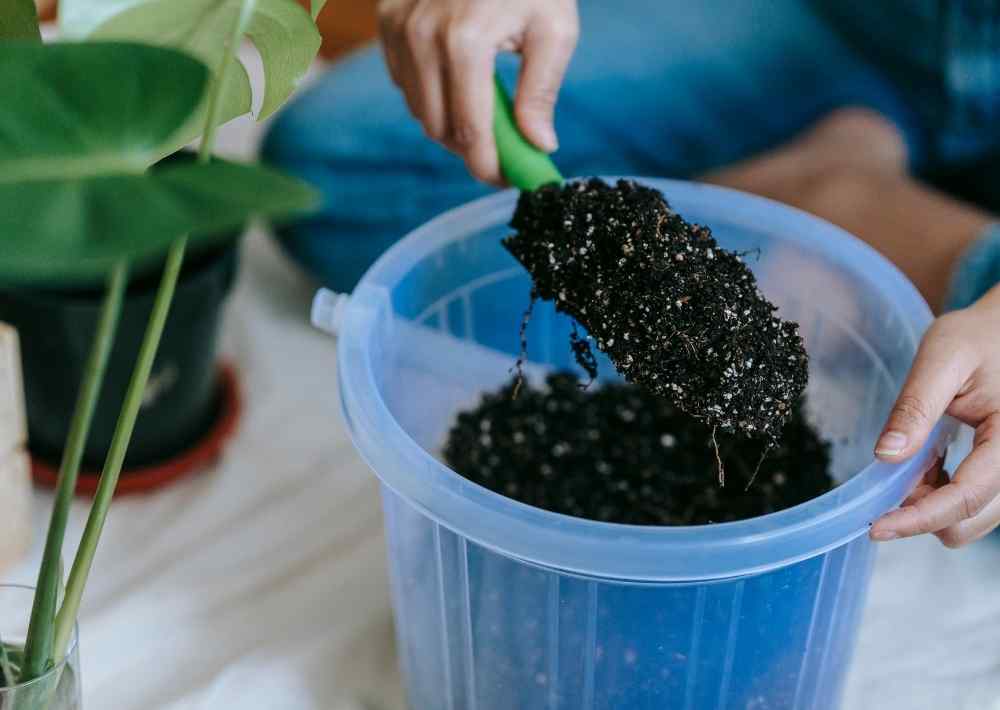
How to Make Soil Acidic Naturally
Once you have discovered your soil’s pH levels, it is now time to find the best way to make the soil more acidic. Here are a few natural and organic methods to help lower your plant’s soil pH levels.
Use Decomposed Compost
Decomposed compost is a great way to lower your garden’s pH level. As you gradually amend your soil with compost, it can improve the soil structure and provide plenty of nutrients to your plant.
Compost Tea
Using compost tea while watering your plants is another fantastic method to make your soil more acidic. This organic method is perfect for providing fast-acting nutrients to your plant.
To do this:
- Take a five-gallon container of water or let it sit out in the sun for 24 hours. This will allow any chlorine to release from the container.
- Add some well-decomposed compost into the container, about 1 to 2 cups, and stir it periodically for the next two days.
- After this, strain the liquid and pour the liquid into a sprayer.
- From here, you can feed your garden easily!
Mulch
Mulch is a perfect addition to creating a more acidic soil. In this process, the material used will break down over time, helping the soil become more acidic. Mulching with materials such as pine needles or oak leaves can decrease the pH levels of your plants, creating a more acid-based soil. Mulches can also help with reducing soil erosion, retaining moisture, and regulating plant temperature.
Coffee Grounds
You are not the only one who enjoys a good cup of coffee! Coffee grounds are great for creating more acidic soil. Sprinkle some coffee grounds around your garden or add them to your compost pile, and watch the coffee grounds break down and become nutrients for your little plants.
Final Thoughts – How to Make Soil Acidic
When making soil more acidic, the first step is determining your plant’s current soil pH levels. Once you have discovered this, you can then choose the process in which you want to make the soil acidic, more alkaline, or keep the pH of your soil the same. These adjustments to soil for specific plants’ needs will keep them strong and thriving.
To pick up your very own acid-loving plant or browse through many other amazing plants, check out PlantedPot’s online shop!



